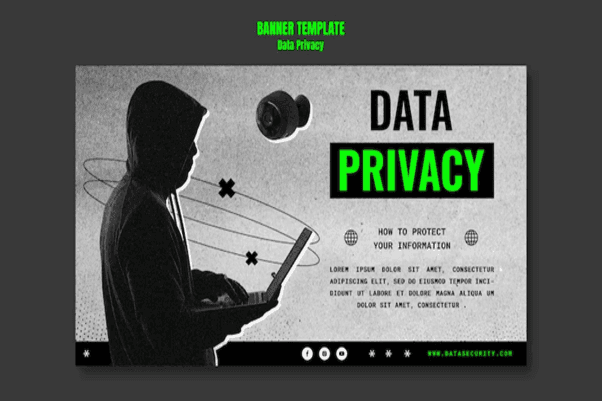16 Billion Login Credentials Exposed in Massive Data Breach – What You Need to Know

- A Massive Digital Leak Unfolds
Cybernews researchers have uncovered a shocking breach that compromised over 16 billion login credentials. This marks one of the largest data leaks ever recorded. The breach consists of 30 individual datasets, each containing millions to billions of records. These include account details from platforms like Apple, Google, Facebook, and various VPNs, developer tools, and even government services.
- How the Data Was Gathered
According to experts, the leaked data likely originated from infostealer malware. This type of malicious software secretly collects login information such as website URLs, usernames, passwords, and cookies directly from a user’s device. The stolen information is then sold or shared in hacker forums in highly organized formats, making it ideal for cybercriminals to use in credential stuffing and identity theft.
- A Serious Threat to Digital Security
With this enormous volume of personal data exposed, cybercriminals now have the tools to hijack user accounts, commit identity fraud, and carry out targeted phishing attacks. Experts warn that this breach isn't just a leak, it's a detailed guide for criminals to exploit people at scale. The structure and freshness of the data suggest it’s a dangerous toolkit ready for immediate misuse.
- Who’s Impacted and Who’s Responsible
Although the origin of the breach is still unclear, it’s evident that a wide variety of services have been compromised. The presence of session tokens and cookies alongside login details indicates that many of the stolen credentials are still active. Cybersecurity professionals believe this data may have been collected over time through various ongoing malware campaigns, which are still operational.
- Services and Platforms Affected
Some of the biggest global services are among the targets. These include:
- Personal and professional accounts on Apple, Gmail, and Facebook
- Developer platforms like GitHub and software tools
- Critical infrastructure services, including government portals
Due to the scale of the breach, it’s difficult to determine the exact number of unique individuals affected. However, the datasets are so large that even duplicated entries point to billions of real user accounts at risk.
- Limited Time Online, Long-Term Threat
The data was available online only briefly, giving researchers a narrow window to analyze and document it. While the public exposure was limited, the long-term impact remains a concern. Once these credentials are out in the wild, they can be passed on, sold, or used at any time.
- How to Protect Yourself
In light of this breach, cybersecurity experts recommend immediate action:
- Change your passwords for all major accounts
- Use a password manager to generate and store secure passwords
- Enable two-factor authentication wherever available
- Monitor your accounts for suspicious activity
- Check if your data has been compromised using reliable breach-check tools
- What This Means Going Forward
This breach highlights a disturbing trend in cybersecurity. Infostealer-based attacks are growing more sophisticated and widespread. As data becomes easier to steal and distribute, such massive leaks may become more common.
Final Thought
The breach of over 16 billion records is not just a headline, it’s a wake-up call. Strengthening digital security practices, staying informed, and taking action quickly are now more important than ever.
Business News
How Executives Can De-Risk Payment Operations in Regulated Industries
Why Your Engine Air Filter Plays a Bigger Role Than You Think
Phoebe Gates-Backed Startup Secures US$30 Million Investment to Fuel AI Shopping Platform
Anthropic’s AI Bubble Warning: A Call for Caution in the Hype-Driven Race
The Ultimate Guide to Backlink Packages and Guest Post Services: Supercharge Your SEO in 2025




















